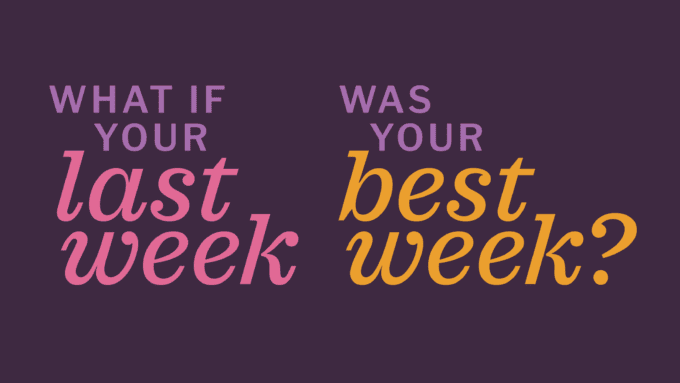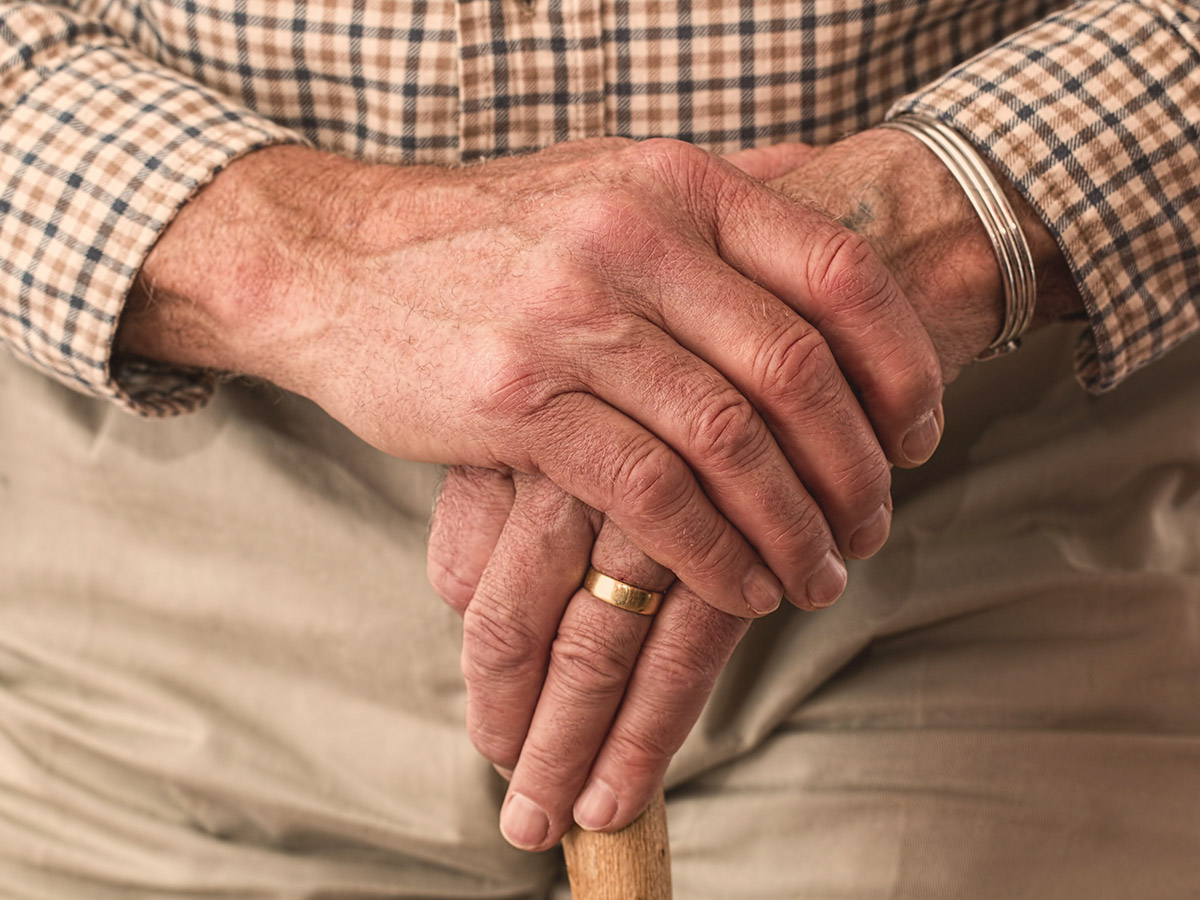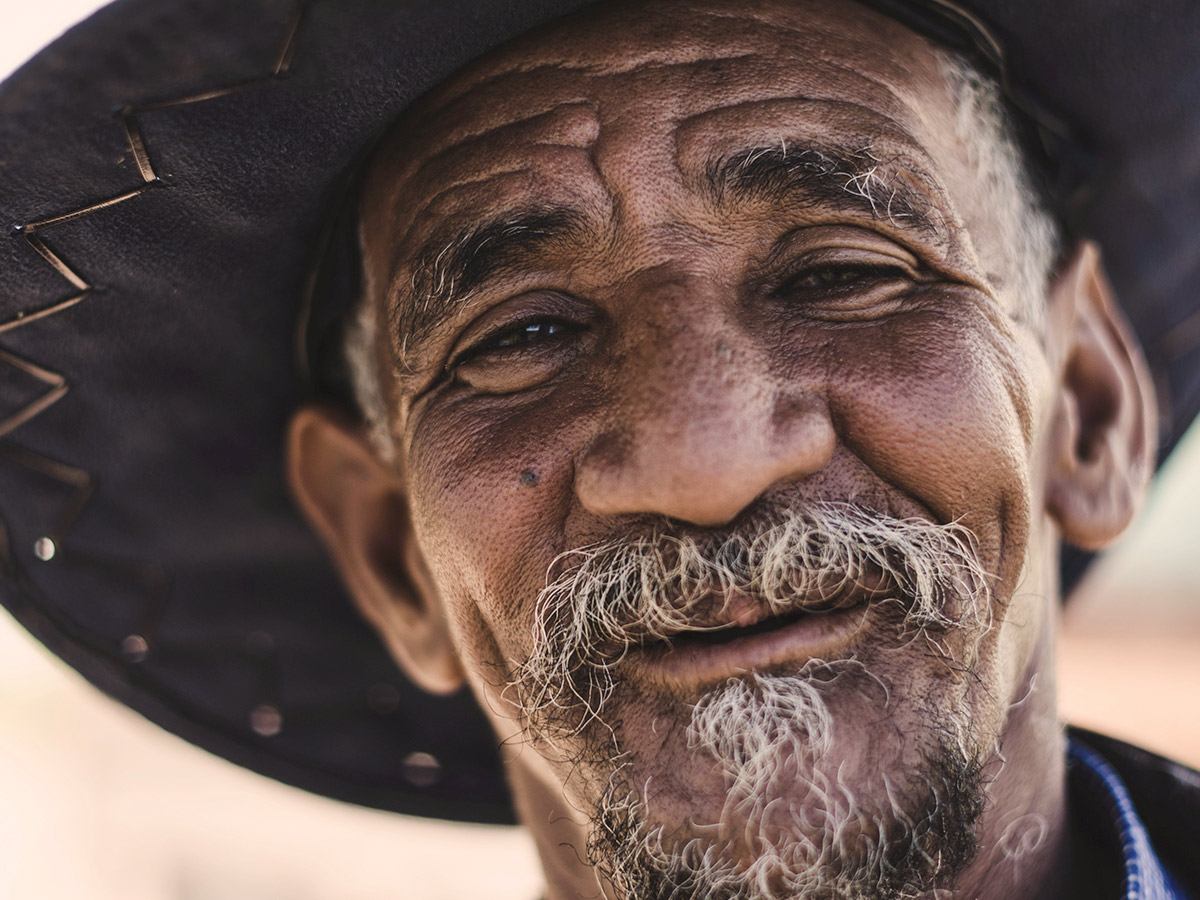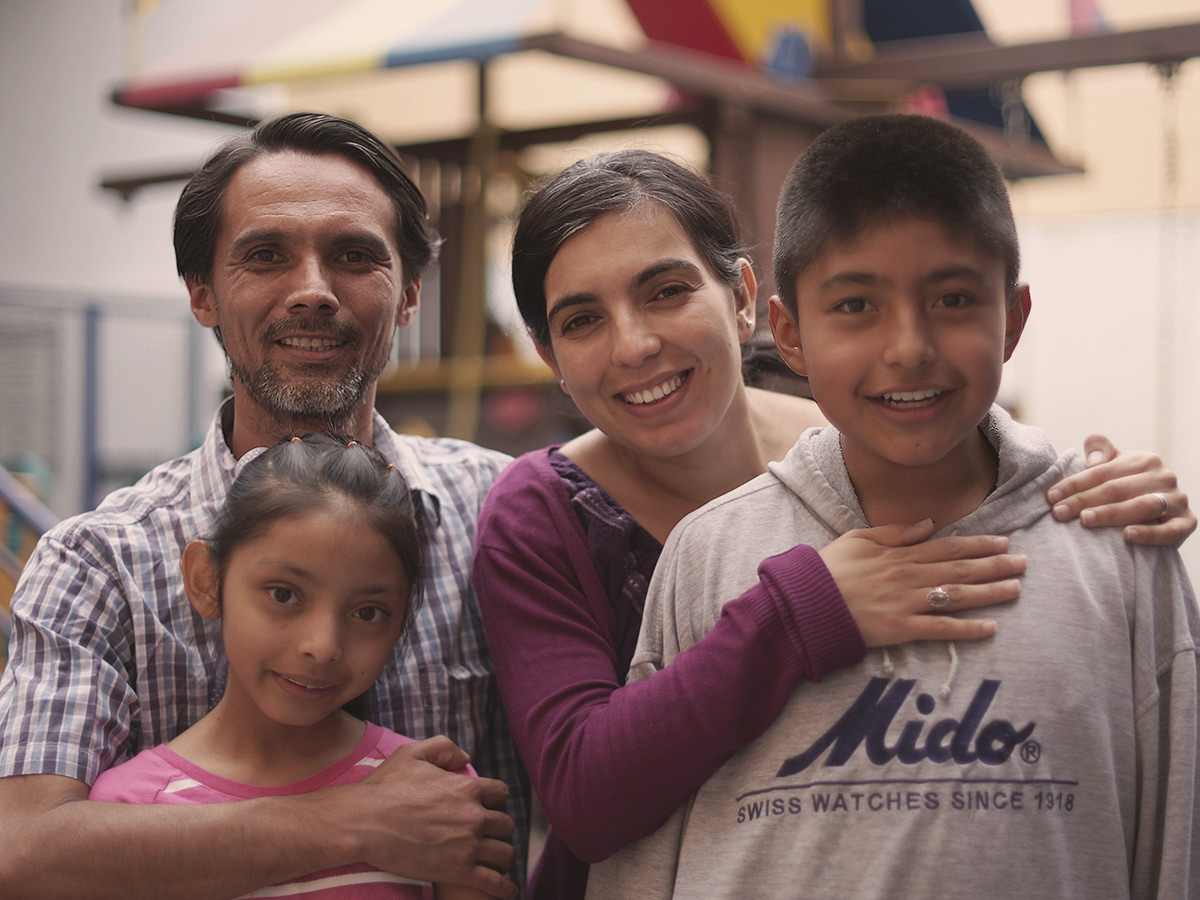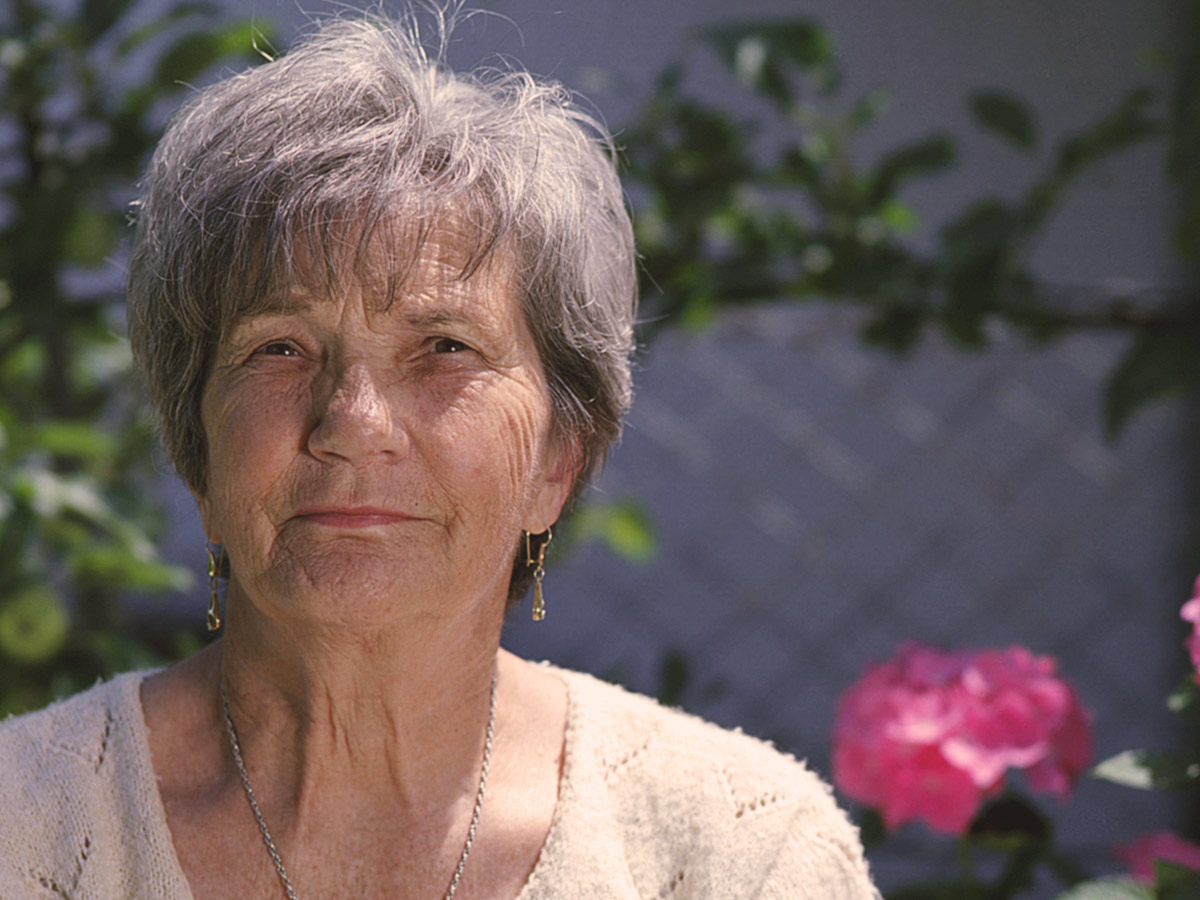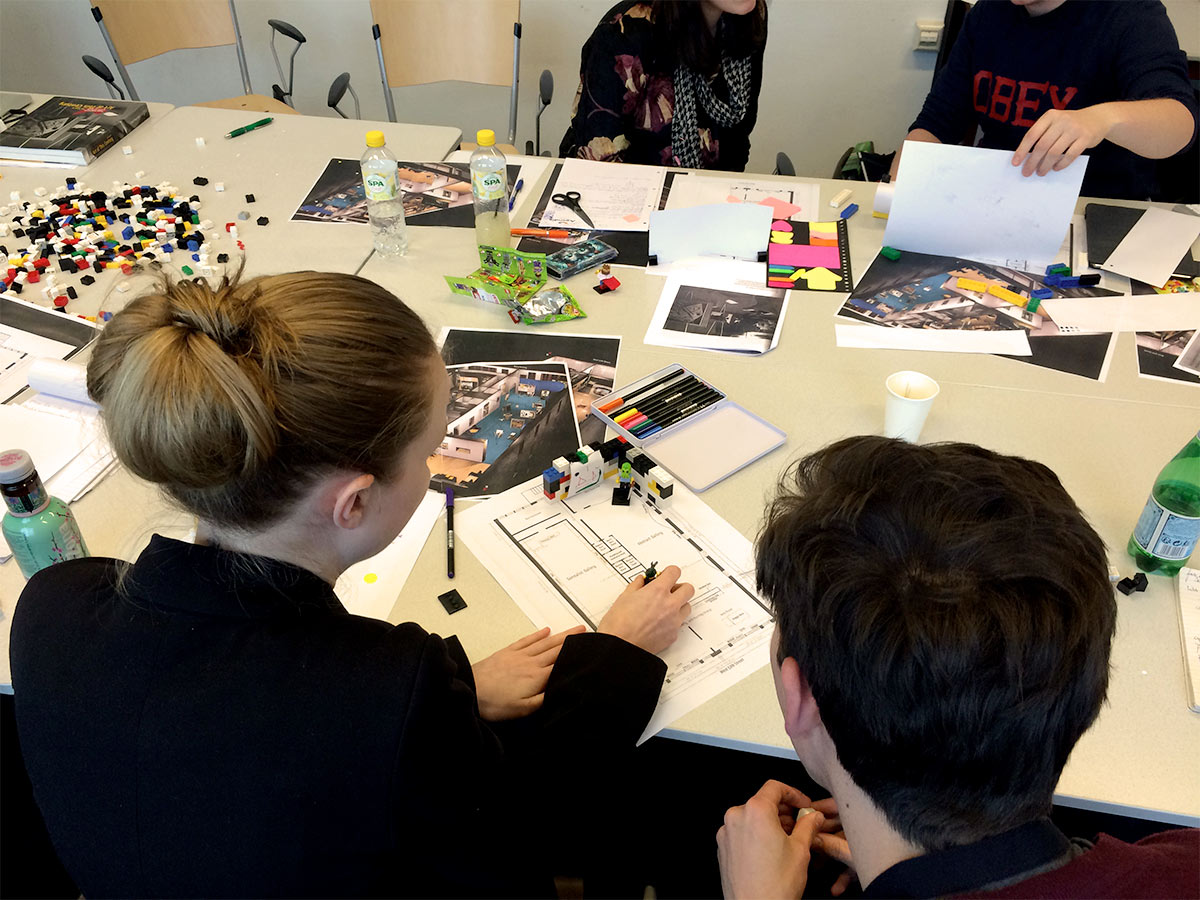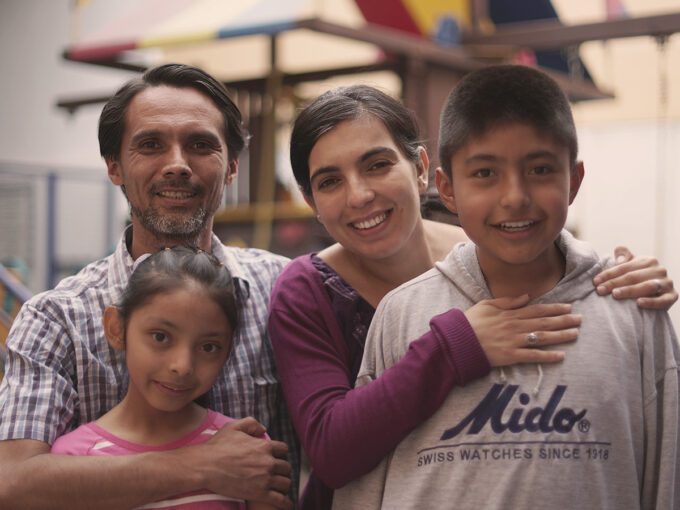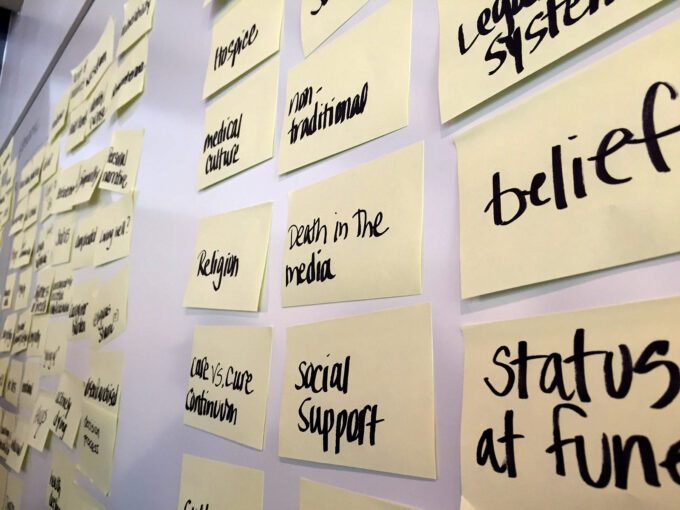
Living Values
Everyone deserves dignity—in life and after they die. Living Values is a design research effort to empower underrepresented communities to record advance care planning decisions for their last days and beyond.
The Living Values team is a group of university and community researchers who believe that everyone deserves dignity at the end of life. We are working to remove barriers to end-of-life discussions and planning for all people.
How Are You Thinking About End-of-Life?
We want to know how you are thinking about end-of-life matters. Take a moment to share your thoughts with this 5-minute survey.
The Study In Three Steps
Through three phases of research, we hope to find ways people feel most comfortable recording their decisions for their last days.
Why Design?
Designing is more than making things look good and function well. Here's why we're applying design thinking and doing to explore this topic.
Stories Worth Your Time
More Updates

